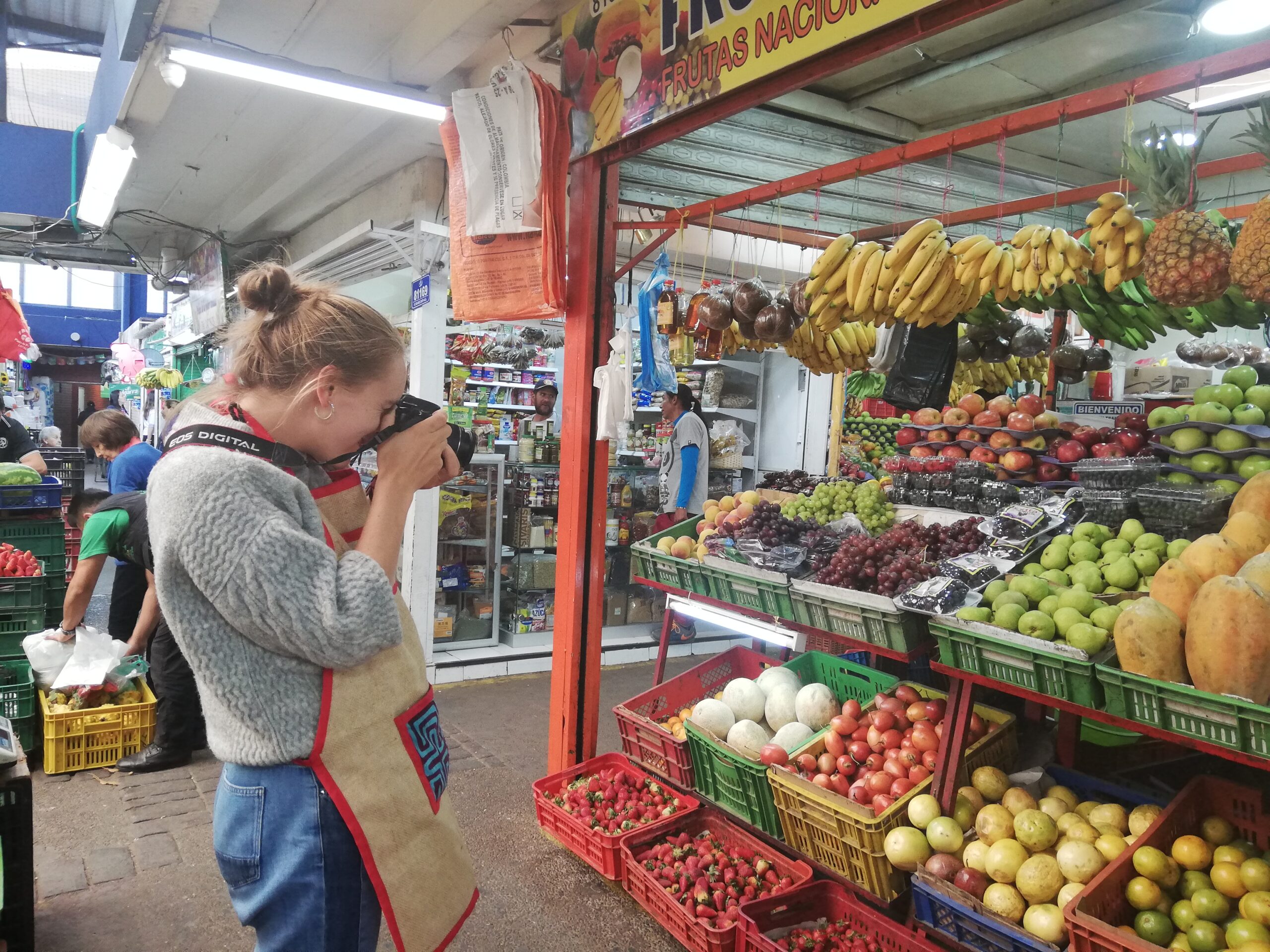
A Taste of Colombia: Exploring 10 Exotic Fruits You Must Try
Discover the Vibrant Flavors and Health Benefits of Colombia's Unique Exotic Fruits.
- Lulo (Naranjilla)
- Granadilla
- Maracuyá (Yellow Passion Fruit)
- Gulupa (Purple Passion Fruit)
- Uchuva (Goldenberry)
- Tomate de Árbol (Tree Tomato)
- Chirimoya (Custard Apple)
- Guayaba (Guava)
- Aguacate (Avocado)
- Mangostino (Mangosteen)
Each of these exotic fruits in Colombia offers a unique flavor profile, health benefits, and cultural significance in local cuisine.
Colombia is a paradise for fruit lovers, boasting an incredible diversity of exotic fruits thanks to its rich biodiversity and tropical climate. From tangy to sweet and juicy to creamy, Colombian fruits offer a flavor adventure you won’t want to miss. Here’s a guide to the top 10 exotic fruits you should try during your visit to Colombia, including their unique flavors, health benefits, and best places to find them.
1. Lulo (Naranjilla)
Description: Lulo is a round, orange fruit with a tangy and slightly sweet flavor, often described as a mix of lime and rhubarb. Inside, the bright green pulp makes it perfect for refreshing juices and smoothies.
Where to Try: Lulo juice is widely available in Colombian restaurants and markets.
Health Benefits: High in vitamin C and antioxidants, lulo helps boost immunity and supports skin health.
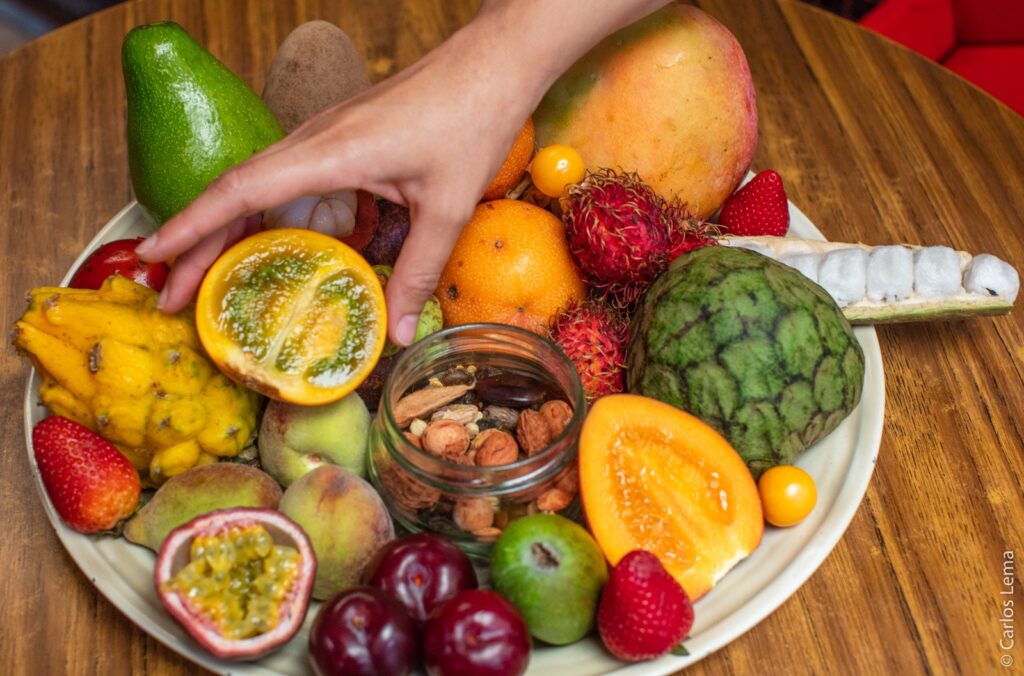
2. Granadilla
Description: Granadilla has a hard shell, which, when cracked open, reveals sweet, gelatinous seeds with a mild, honey-like flavor that’s popular among locals and visitors.
Where to Try: Street vendors and local markets across Colombia offer this fruit year-round.
Health Benefits: Rich in fiber and antioxidants, granadilla promotes digestive health and may reduce inflammation.
3. Maracuyá (Yellow Passion Fruit)
Description: Known for its intense tartness and floral aroma, maracuyá is the yellow variety of passion fruit, often featured in juices, desserts, and even savory dishes.
Where to Try: Maracuyá is readily available in markets and commonly found in Colombian beverages and sweets.
Health Benefits: Loaded with vitamins A and C, maracuyá supports skin health, immunity, and eye health.
4. Gulupa (Purple Passion Fruit)
Description: Similar to maracuyá but sweeter and milder, gulupa has a dark purple shell and a pleasant, less acidic taste. It’s often enjoyed fresh or in desserts.
Where to Try: Found in supermarkets and fruit markets throughout Colombia.
Health Benefits: Like maracuyá, gulupa is rich in vitamins A and C and has antioxidants that support immune health and reduce inflammation.
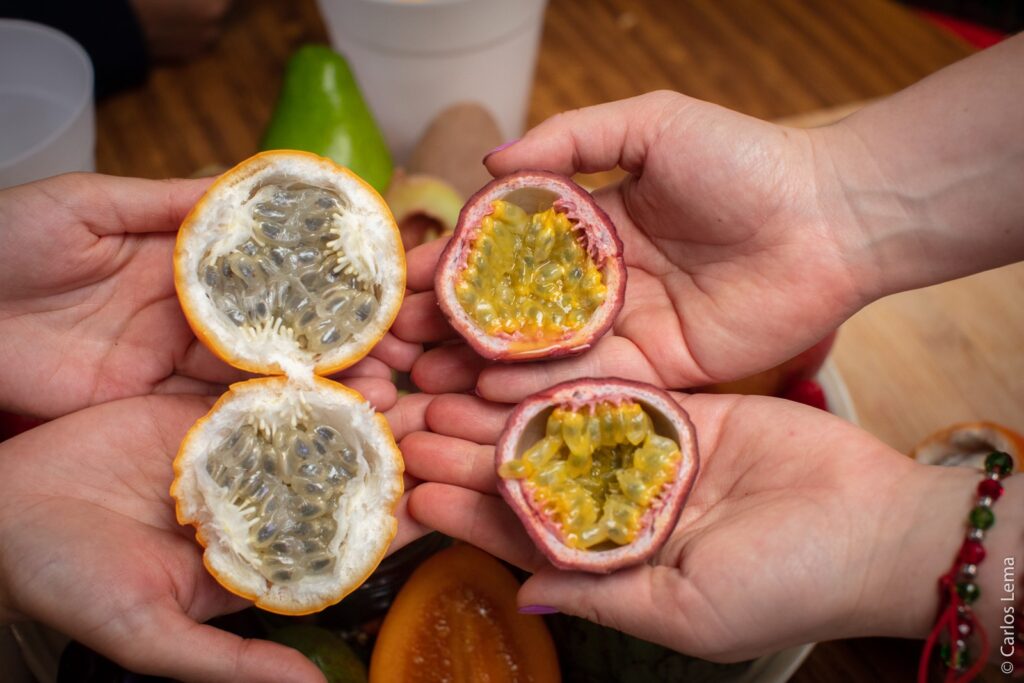
5. Uchuva (Goldenberry)
Description: Uchuva, or goldenberry, is a small, bright orange fruit wrapped in a papery husk. Its taste combines sweet and tangy notes, making it a popular addition to salads and desserts.
Where to Try: Commonly sold in Colombian markets.
Health Benefits: Known for its antioxidants and vitamin C, uchuva has anti-inflammatory properties and supports liver health.
6. Tomate de Árbol (Tree Tomato)
Description: The tree tomato has a sweet-tart flavor, often compared to a mix of tomato and citrus. Its reddish-orange color makes it a vibrant addition to juices and sauces.
Where to Try: Widely available in markets, especially in Colombia’s mountainous regions.
Health Benefits: High in vitamins A and C, the tree tomato is beneficial for vision, immunity, and heart health.
7. Chirimoya (Custard Apple)
Description: Chirimoya has a green, scaly exterior and creamy, custard-like flesh. Its flavor is a blend of banana, pineapple, and strawberry, offering a unique taste experience.
Where to Try: Available seasonally in Colombian markets.
Health Benefits: Packed with fiber, antioxidants, and vitamin B6, chirimoya supports digestion and may help regulate mood.
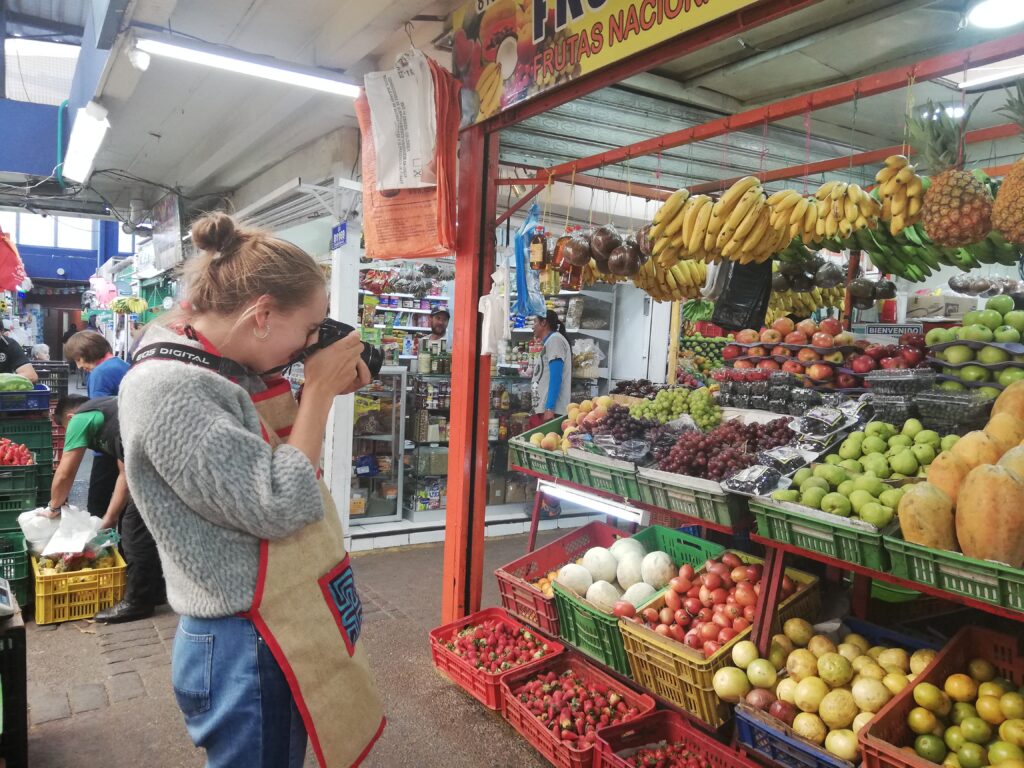
8. Guayaba (Guava)
Description: Guava is a fragrant fruit with pink or white flesh. Its sweet flavor, with a hint of tartness, makes it perfect for juices, jams, or eating fresh.
Where to Try: Guava is available year-round in Colombian markets and used widely in beverages and snacks.
Health Benefits: Rich in vitamin C, fiber, and potassium, guava supports immune and heart health.
9. Aguacate (Avocado)
Description: Colombian avocados are larger, creamier, and full of flavor. Varieties like Hass and Lorena have a rich, buttery texture and a subtle nutty taste.
Where to Try: Fresh avocados are a staple in Colombian cuisine and are available in markets and restaurants, often paired with arepas or soups.
Health Benefits: Avocados are rich in healthy fats, fiber, and potassium, supporting heart health, nutrient absorption, and skin and hair h
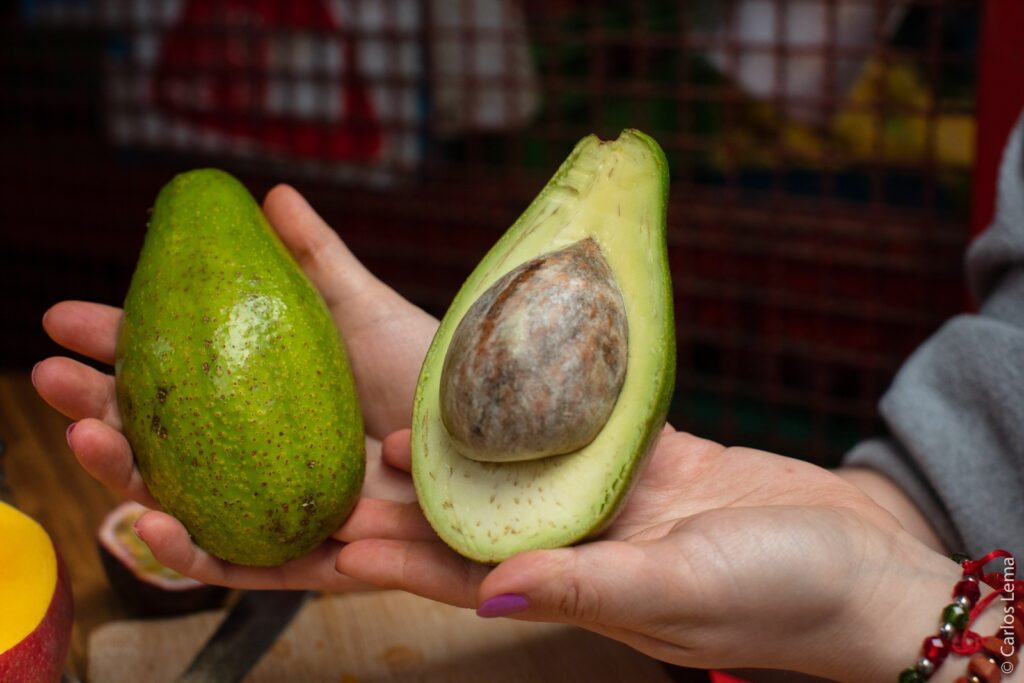
10. Mangostino (Mangosteen)
Description: Known as the “queen of fruits,” mangosteen has a deep purple rind and juicy, sweet white segments inside. Its unique taste is both sweet and tangy.
Where to Try: Though less common, mangosteen is available in select markets, especially along the Colombian coast and in warmer regions.
Health Benefits: Mangosteen is high in antioxidants, especially xanthones, with anti-inflammatory effects. It’s also a source of vitamins C and B.
Additional Resources
For more in-depth information on Colombian fruits and their health benefits, refer to these:
- Why Do Fruits Matter in the World? The Vital Role and Global Impact of Fruits. https://321colombia.com/why-do-fruits-matter-in-the-world/
- FAO International Workshop on Fruits and Vegetables
- AGRIS - Bioactive Properties of Tropical Fruits
FAQs
What are some unique fruits to try in Colombia?
Some must-try fruits in Colombia include lulo, maracuyá, gulupa, uchuva, chirimoya, and the uniquely creamy Colombian avocado.
Where can I find these exotic fruits in Colombia?
Local markets across Colombia, particularly in cities like Bogotá and Medellín, offer a vast selection of exotic fruits.
Are Colombian avocados different from others?
Yes, Colombian avocados are larger and creamier, with several delicious varieties available.
What are the health benefits of mangosteen?
Mangosteen is rich in antioxidants, especially xanthones, and provides essential vitamins like C and B, promoting immune health and reducing inflammation.
Can I bring Colombian exotic fruits back home?
It depends on your country’s import regulations. Check with your local customs guidelines regarding fruit importation.
Recent Posts
Essential Spanish Food Vocabulary for Tourists in Colombia
Mistakes Tourists Make in Colombia (and How to Win Over the Locals)
5 Must-Visit Local Markets in Bogotá
Tags
+57 3028470414
hello@321colombia.com



